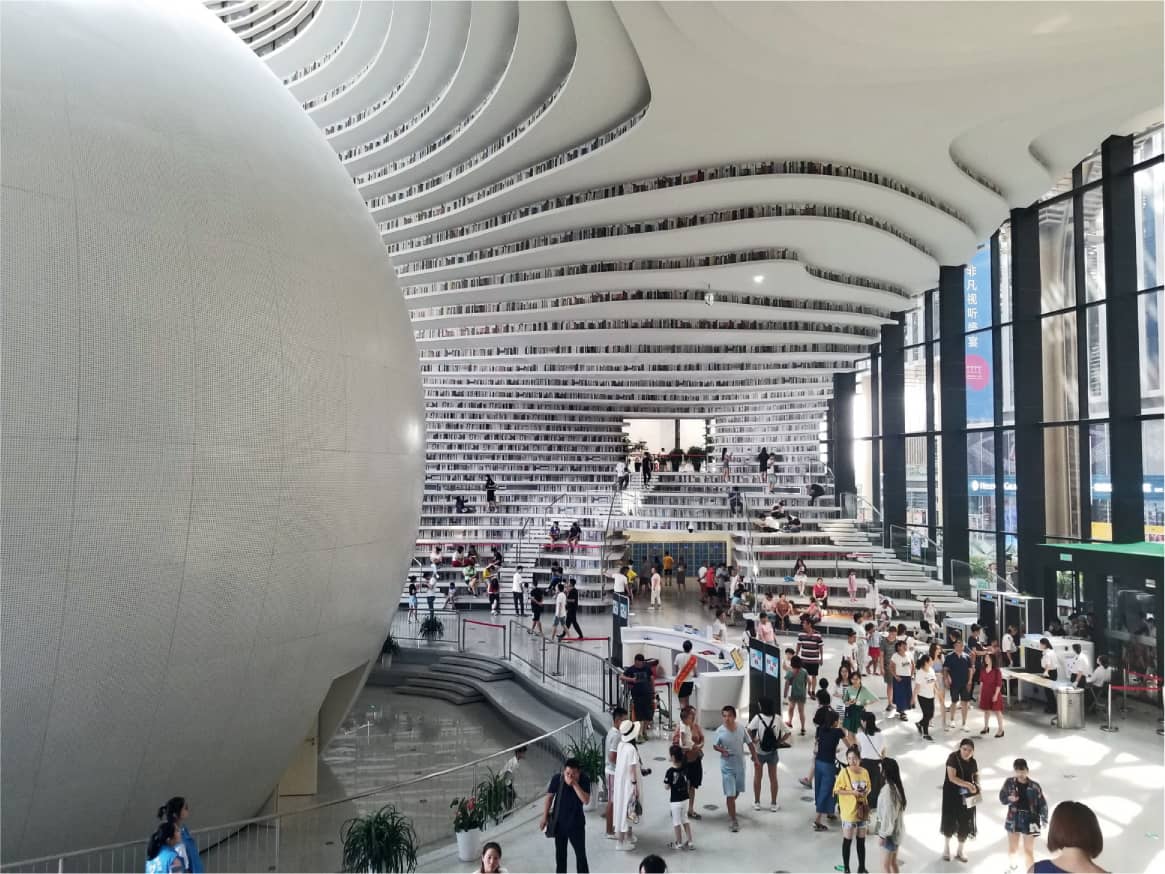63 Organic
Forms related to or derived from nature in interior design.
Organic forms in interior design are developed in a number of ways—whether they are the natural elements that comprise a material, the inclusion of living elements, or the use of organic shapes and furnishings rather than the more traditional rectilinear walls and floors of typical construction.
Curves and shapes derived from nature, when used carefully, can soften a space, ease transitions from one room to another, and make changes in light more subtle and ephemeral. Curved walls, radius corners, soft furniture forms, and flowing light fixtures are all elements that can be combined in a complete scheme; or they can be added to a rectilinear space to offset rigid lines and severe spaces.
Organic plans and sections require a level of sophistication and coordination that is hard to achieve. In construction and implementation, organic details have to be carefully thought through and coordinated, and a high level of craft is needed to make the finishes as smooth as the forms themselves.

Curved linear plates stack to create this dramatic library in Binhai, China, designed by MVRDV.

The main atrium and circulation space of Calgary’s new Central Library by Snøhetta uses organic forms and materials in its design.

The Cloverleaf sofa, designed by Verner Panton in 1969 for Verpan, uses organic lines to allow for both modularity and multisided use.
